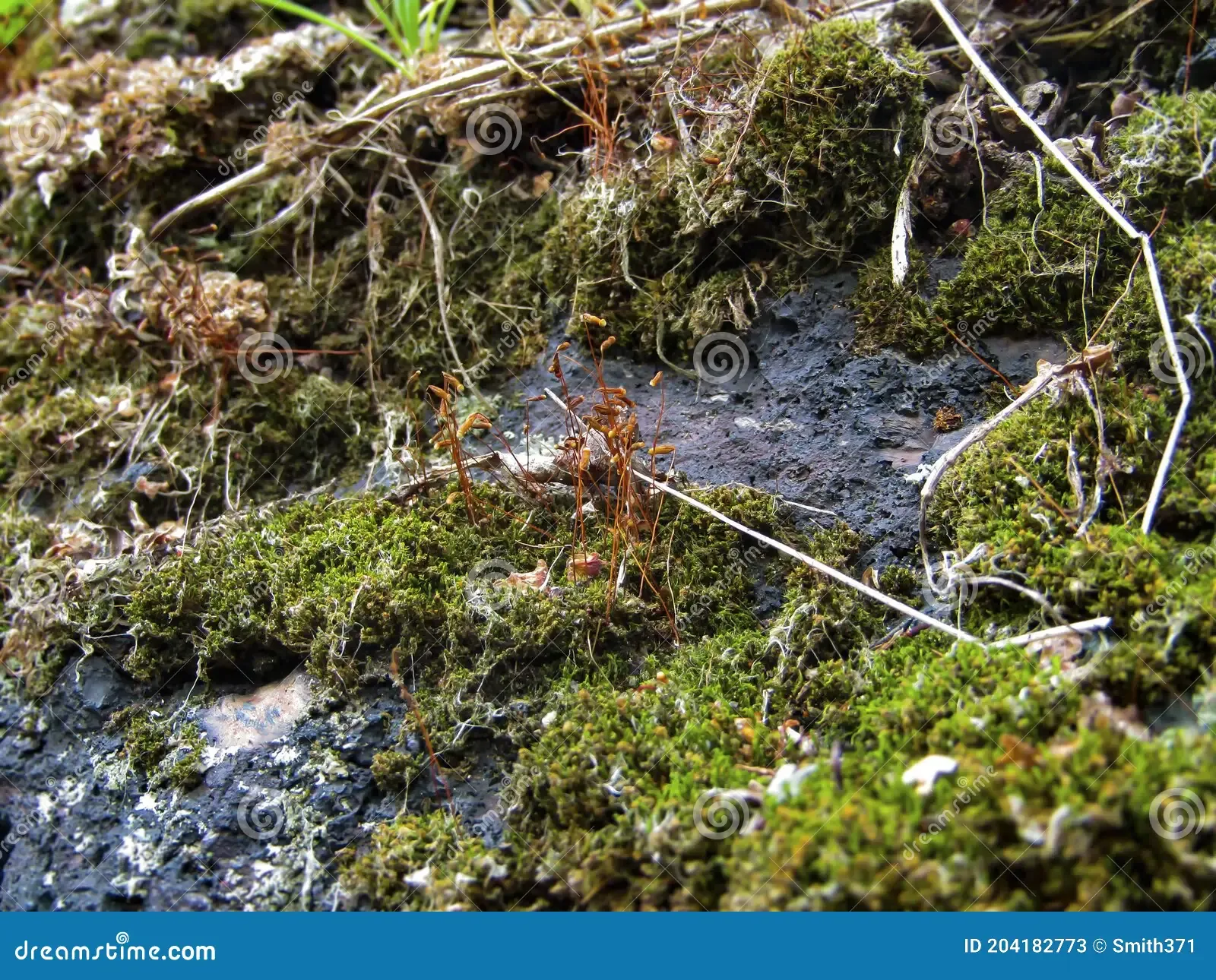
bryum-moss-bloom-dark-slag-substrate-close-up-view-bryum-moss-bloom-dark-slag-substrate-204182773.jpg from: https://www.dreamstime.com/bryum-moss-bloom-dark-slag-substrate-close-up-view-bryum-moss-bloom-dark-slag-substrate-image204182773
Exploring the Fascinating World of Bryum reyeri Breidl. Moss
Introduction
Mosses are some of the most ancient and resilient plants on Earth, with over 12,000 species found across the globe. In this blog post, we’ll take a closer look at one particularly interesting species: Bryum reyeri Breidl., a moss in the Bryaceae family. Get ready to dive into the tiny but captivating world of this unique plant!
Background on Bryum Mosses
The genus Bryum contains over 400 species of mosses. They are part of the division Bryophyta and class Bryopsida. Bryum mosses can be found on every continent except Antarctica. Many species prefer calcareous substrates like limestone.
Morphology and Identification
Bryum reyeri forms small tufts or cushions, typically under 1 cm tall. The leaves are ovate-lanceolate and have a strong midrib that extends into a short point. Capsules are pear-shaped and hang down on a long seta. The peristome teeth are well-developed. Spores are small, 8-12 μm.
Distinguishing B. reyeri from similar species can be tricky and often requires microscopic examination. The leaf shape, strong midrib, and spore size are key identification features.
Global Distribution and Habitat
B. reyeri has a scattered global distribution, with records from Europe, Asia, Africa, and the Americas. It grows on exposed calcareous rocks and thin soil over limestone, often in dry, sunny locations. Typical habitats include rock outcrops, cliffs, scree slopes, and open grasslands on calcareous substrates.
Ecological Roles and Adaptations
Like other mosses, B. reyeri plays important ecological roles:
- Helps retain moisture and prevent erosion
- Provides shelter and food for micro-organisms and invertebrates
- Pioneer species that colonizes bare rock surfaces
To survive harsh conditions, B. reyeri has several adaptations:
- Drought tolerance: leaves curl inward when dry to reduce water loss
- Freezing resistance: high solute concentrations in cells act as “antifreeze”
- UV protection: pigments shield chlorophyll from damaging radiation
Conclusion
The unassuming Bryum reyeri moss is a small but mighty plant, well-adapted to challenging environments. From aiding soil formation to providing habitat, this species demonstrates the important roles mosses play in ecosystems worldwide. Next time you see a patch of moss, take a closer look – you may be gazing at the marvelous B. reyeri! What other secrets do you think these ancient plants hold?